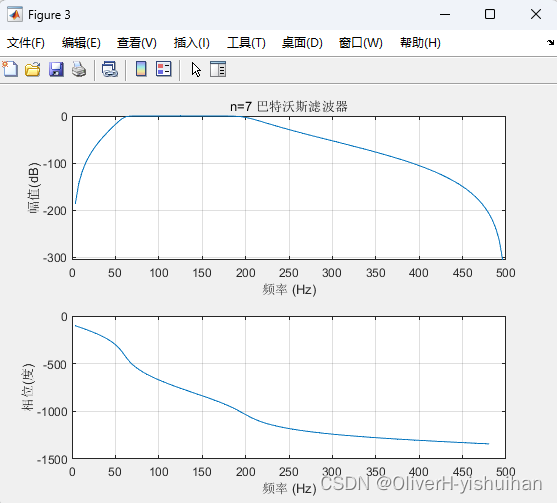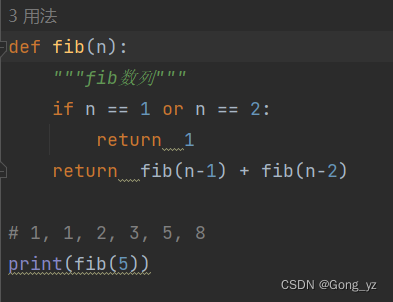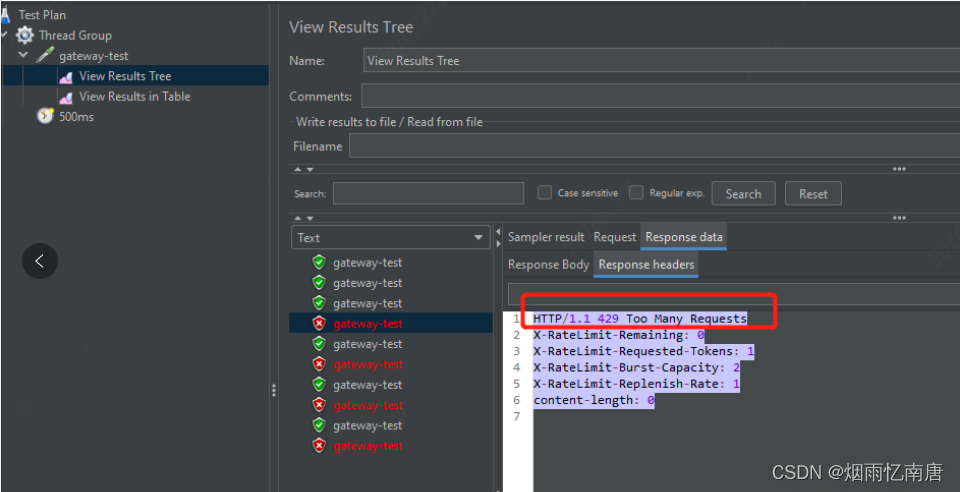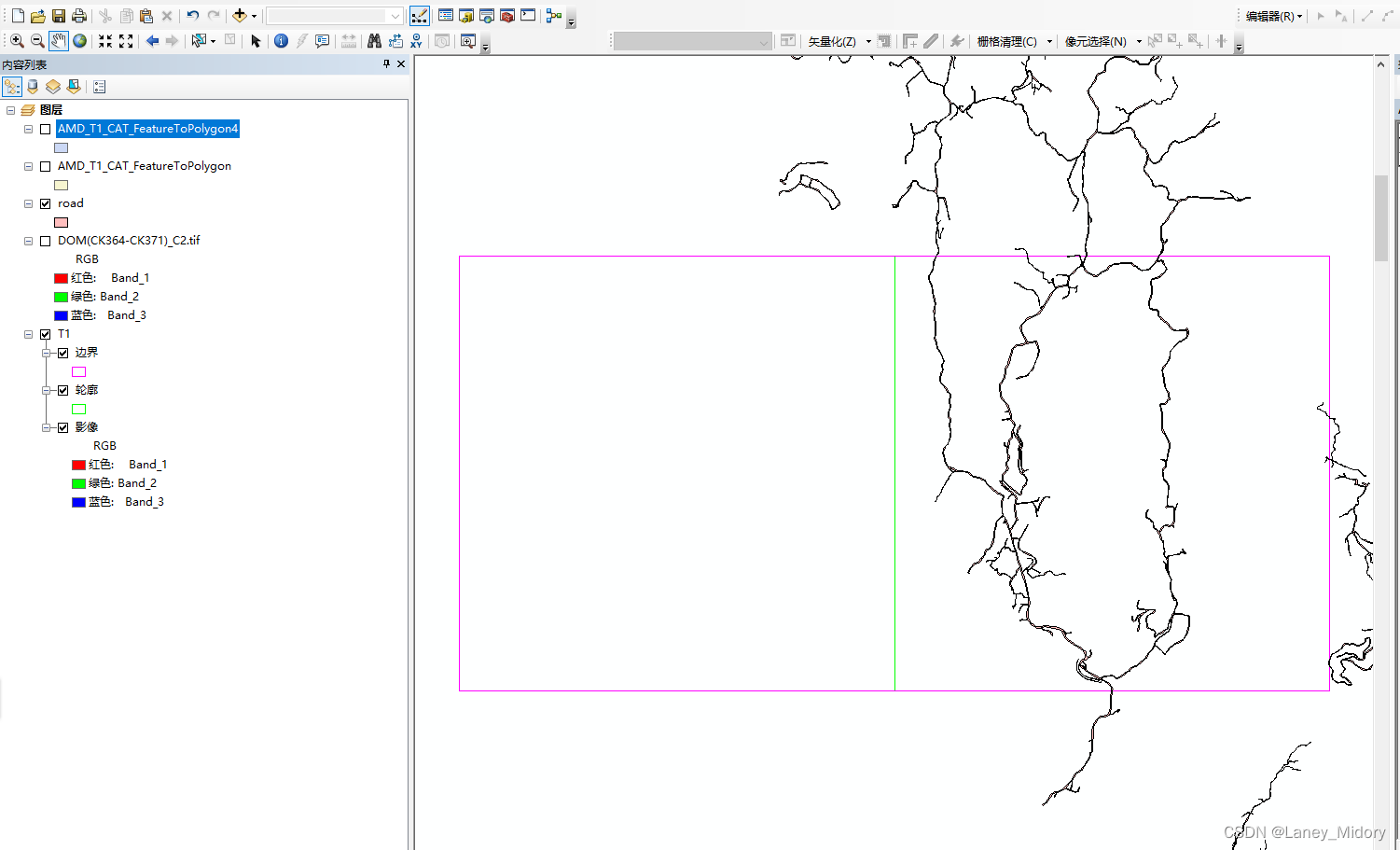堆实现
计算机科学中,堆是一种基于树的数据结构,通常用完全二叉树实现。堆的特性如下
- 在大顶堆中,任意节点 C 与它的父节点 P 符合 P.value \geq C.value
- 而小顶堆中,任意节点 C 与它的父节点 P 符合 P.value \leq C.value
- 最顶层的节点(没有父亲)称之为 root 根节点
In computer science, a heap is a specialized tree-based data structure which is essentially an almost complete tree that satisfies the heap property: in a max heap, for any given node C, if P is a parent node of C, then the key (the value) of P is greater than or equal to the key of C. In a min heap, the key of P is less than or equal to the key of C. The node at the “top” of the heap (with no parents) is called the root node
例1 - 满二叉树(Full Binary Tree)特点:每一层都是填满的

例2 - 完全二叉树(Complete Binary Tree)特点:最后一层可能未填满,靠左对齐

例3 - 大顶堆

例4 - 小顶堆

完全二叉树可以使用数组来表示

特征
- 如果从索引 0 开始存储节点数据
- 节点 i 的父节点为 floor((i-1)/2),当 i>0 时
- 节点 i 的左子节点为 2i+1,右子节点为 2i+2,当然它们得 < size
- 如果从索引 1 开始存储节点数据
- 节点 i 的父节点为 floor(i/2),当 i > 1 时
- 节点 i 的左子节点为 2i,右子节点为 2i+1,同样得 < size
代码
public class PriorityQueue4<E extends Priority> implements Queue<E> {Priority[] array;int size;public PriorityQueue4(int capacity) {array = new Priority[capacity];}@Overridepublic boolean offer(E offered) {if (isFull()) {return false;}int child = size++;int parent = (child - 1) / 2;while (child > 0 && offered.priority() > array[parent].priority()) {array[child] = array[parent];child = parent;parent = (child - 1) / 2;}array[child] = offered;return true;}private void swap(int i, int j) {Priority t = array[i];array[i] = array[j];array[j] = t;}@Overridepublic E poll() {if (isEmpty()) {return null;}swap(0, size - 1);size--;Priority e = array[size];array[size] = null;shiftDown(0); return (E) e;}void shiftDown(int parent) {int left = 2 * parent + 1;int right = left + 1;int max = parent;if (left < size && array[left].priority() > array[max].priority()) {max = left;}if (right < size && array[right].priority() > array[max].priority()) {max = right;}if (max != parent) {swap(max, parent);shiftDown(max);}}@Overridepublic E peek() {if (isEmpty()) {return null;}return (E) array[0];}@Overridepublic boolean isEmpty() {return size == 0;}@Overridepublic boolean isFull() {return size == array.length;}
}
堆
以大顶堆为例,相对于之前的优先级队列,增加了堆化等方法
public class MaxHeap {int[] array;int size;public MaxHeap(int capacity) {this.array = new int[capacity];}/*** 获取堆顶元素** @return 堆顶元素*/public int peek() {return array[0];}/*** 删除堆顶元素** @return 堆顶元素*/public int poll() {int top = array[0];swap(0, size - 1);size--;down(0);return top;}/*** 删除指定索引处元素** @param index 索引* @return 被删除元素*/public int poll(int index) {int deleted = array[index];swap(index, size - 1);size--;down(index);return deleted;}/*** 替换堆顶元素* @param replaced 新元素*/public void replace(int replaced) {array[0] = replaced;down(0);}/*** 堆的尾部添加元素** @param offered 新元素* @return 是否添加成功*/public boolean offer(int offered) {if (size == array.length) {return false;}up(offered);size++;return true;}// 将 offered 元素上浮: 直至 offered 小于父元素或到堆顶private void up(int offered) {int child = size;while (child > 0) {int parent = (child - 1) / 2;if (offered > array[parent]) {array[child] = array[parent];} else {break;}child = parent;}array[child] = offered;}public MaxHeap(int[] array) {this.array = array;this.size = array.length;heapify();}// 建堆private void heapify() {// 如何找到最后这个非叶子节点 size / 2 - 1for (int i = size / 2 - 1; i >= 0; i--) {down(i);}}// 将 parent 索引处的元素下潜: 与两个孩子较大者交换, 直至没孩子或孩子没它大private void down(int parent) {int left = parent * 2 + 1;int right = left + 1;int max = parent;if (left < size && array[left] > array[max]) {max = left;}if (right < size && array[right] > array[max]) {max = right;}if (max != parent) { // 找到了更大的孩子swap(max, parent);down(max);}}// 交换两个索引处的元素private void swap(int i, int j) {int t = array[i];array[i] = array[j];array[j] = t;}public static void main(String[] args) {int[] array = {1, 2, 3, 4, 5, 6, 7};MaxHeap maxHeap = new MaxHeap(array);System.out.println(Arrays.toString(maxHeap.array));}
}
建堆
Floyd 建堆算法作者(也是之前龟兔赛跑判环作者):

- 找到最后一个非叶子节点
- 从后向前,对每个节点执行下潜
一些规律
- 一棵满二叉树节点个数为 2^h-1,如下例中高度 h=3 节点数是 2^3-1=7
- 非叶子节点范围为 [0, size/2-1]
算法时间复杂度分析

下面看交换次数的推导:设节点高度为 3
| 本层节点数 | 高度 | 下潜最多交换次数(高度-1) | |
|---|---|---|---|
| 4567 这层 | 4 | 1 | 0 |
| 23这层 | 2 | 2 | 1 |
| 1这层 | 1 | 3 | 2 |
每一层的交换次数为:节点个数*此节点交换次数,总的交换次数为
\begin{aligned}
& 4 * 0 + 2 * 1 + 1 * 2 \
& \frac{8}{2}*0 + \frac{8}{4}*1 + \frac{8}{8}*2 \
& \frac{8}{2^1}*0 + \frac{8}{2^2}*1 + \frac{8}{2^3}*2\
\end{aligned}
即
\sum_{i=1}{h}(\frac{2h}{2^i}*(i-1))
在 https://www.wolframalpha.com/ 输入
Sum[\(40)Divide[Power[2,x],Power[2,i]]*\(40)i-1\(41)\(41),{i,1,x}]
推导出
2^h -h -1
其中 2^h \approx n,h \approx \log_2{n},因此有时间复杂度 O(n)






